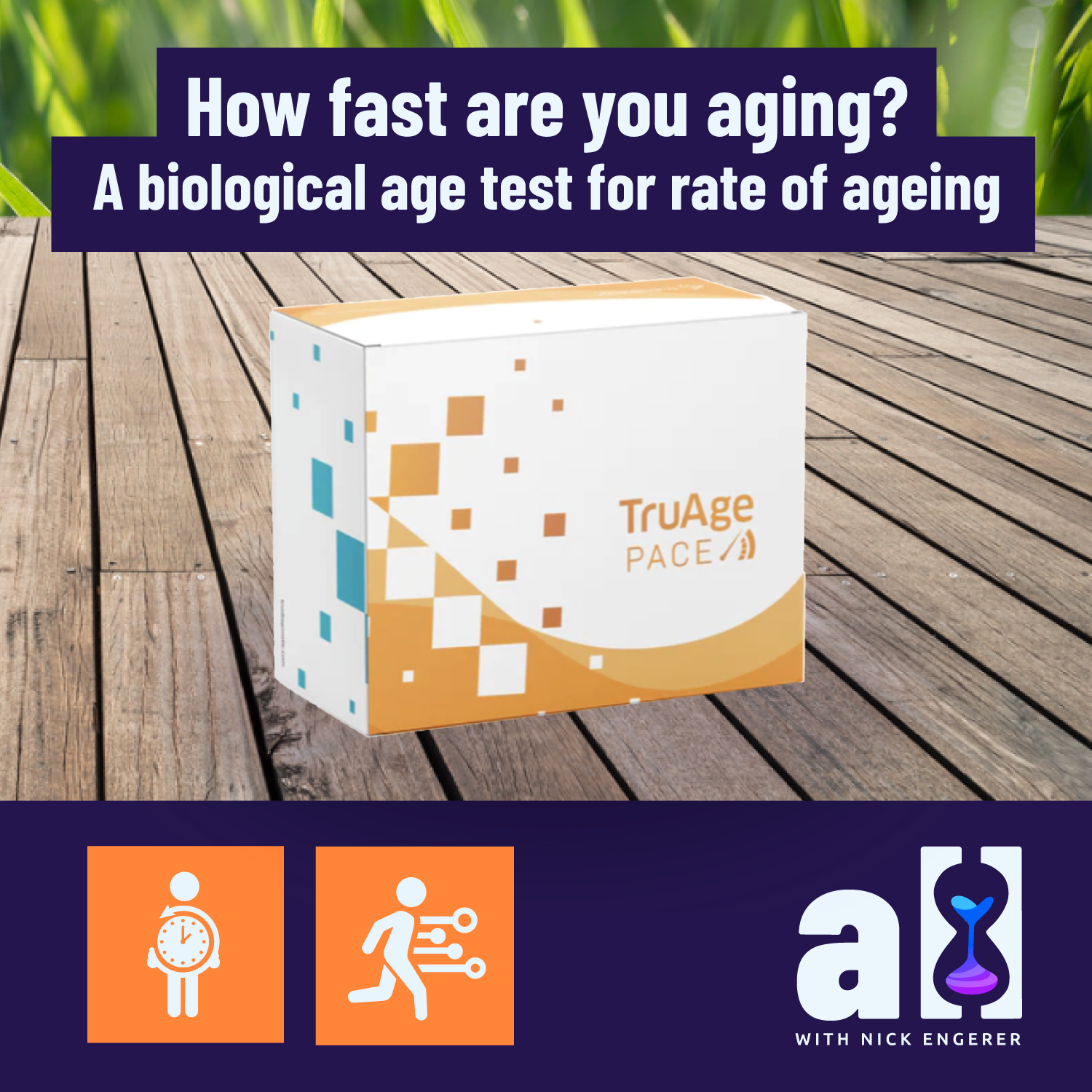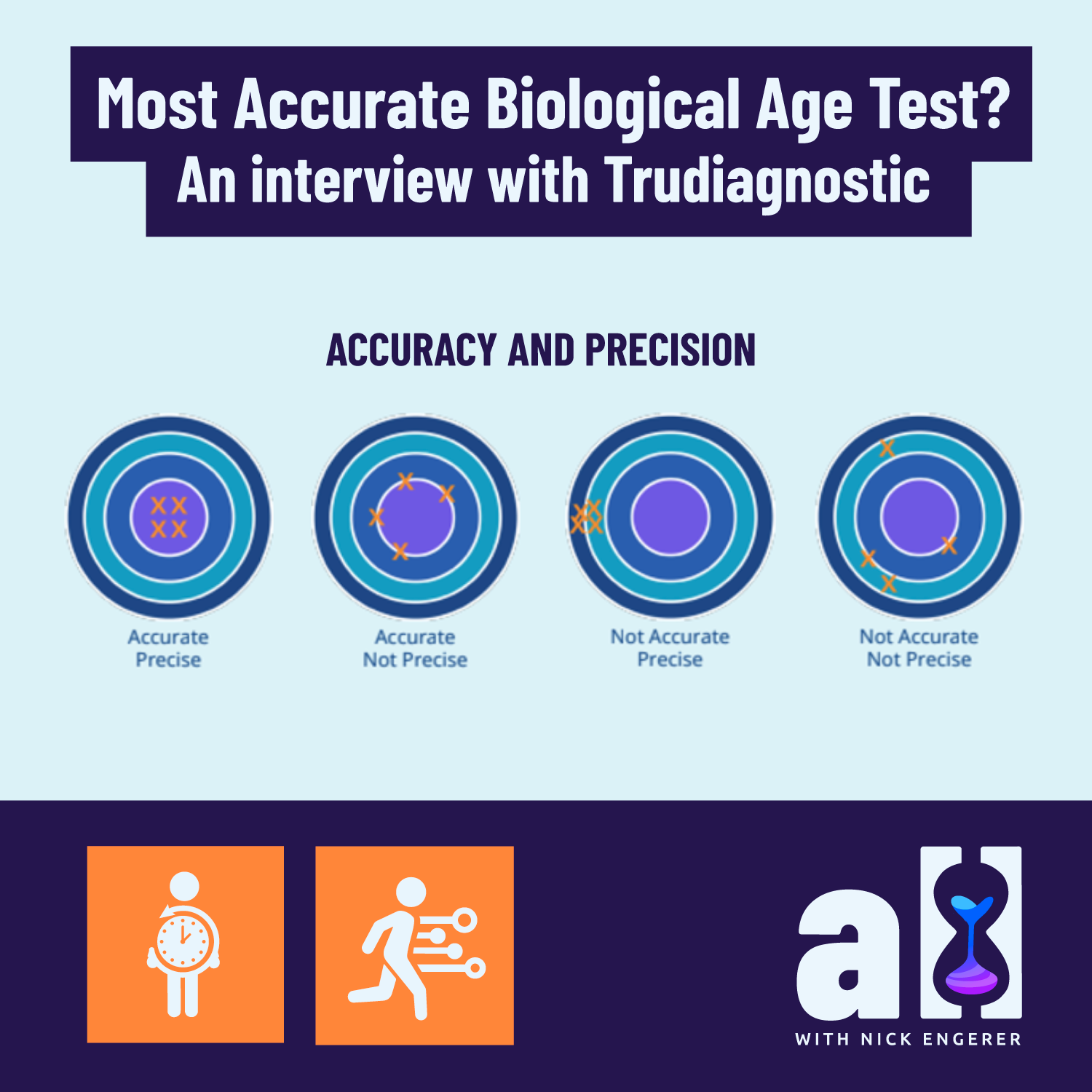
Can Tru Diagnostic finally answer: Why am I aging so fast? An interview with Ryan Smith

How fast are you aging? A biological age test for rate of ageing with Ryan Smith of Trudiagnostic (Part 2)

What is the most accurate biological age test? An interview with Ryan Smith of Trudiagnostic (Part 1)


